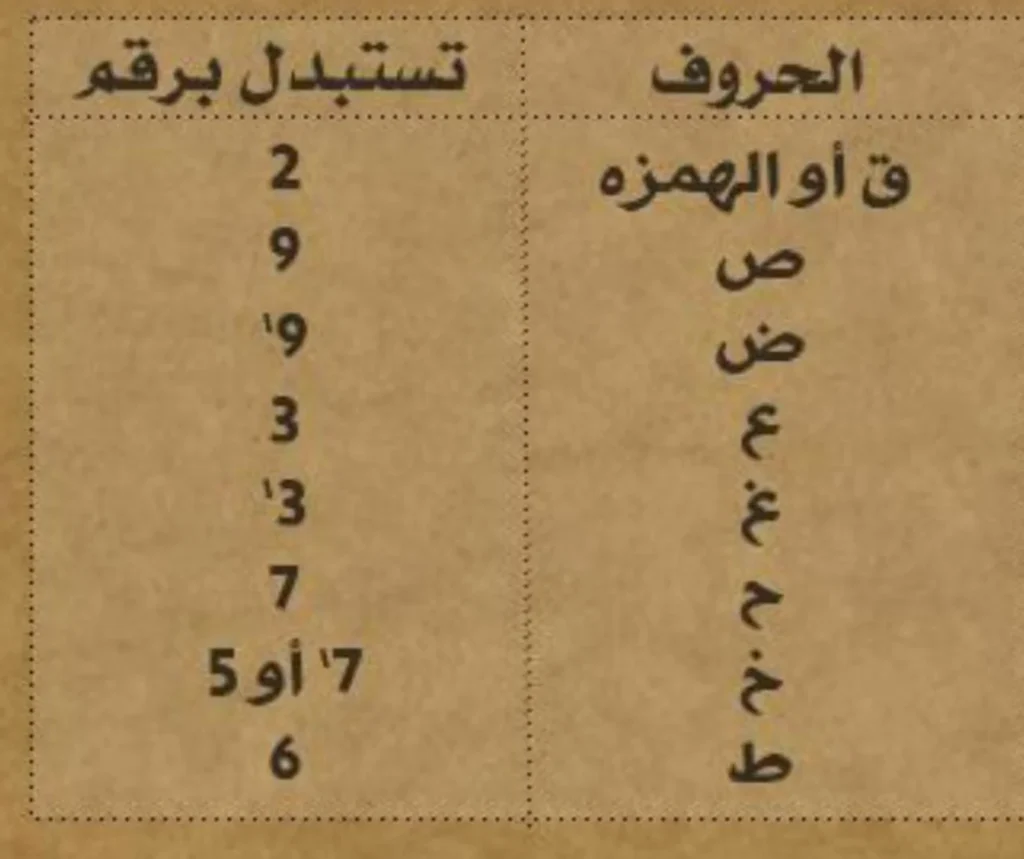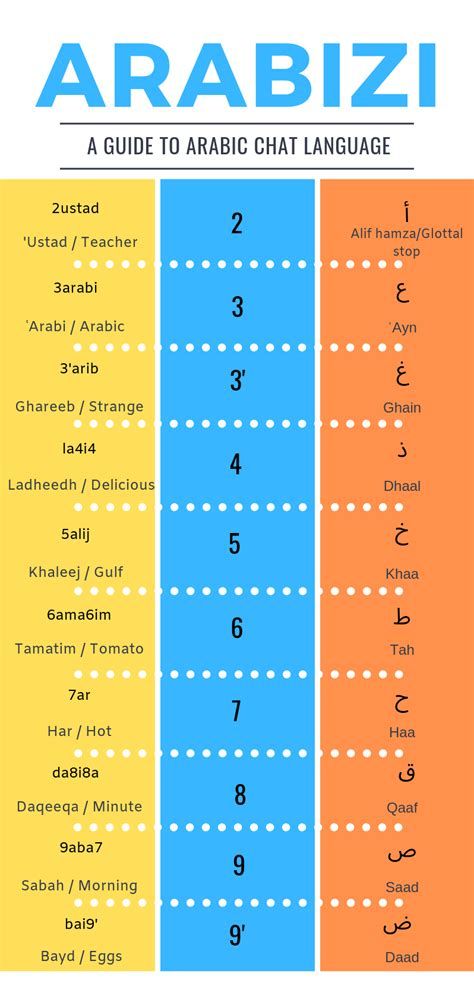What is Arabizi? A unique language phenomenon in today’s Arab world
Estimated reading time: 6 minutes
Key points
- Arabizi is a way of writing Arabic using the Latin alphabet, combined with numbers.
- Popular on social media and devices that do not support Arabic keyboards.
- Reflects the intersection of culture, technology, and globalization trends.
- Poses challenges in translation and linguistics.
Table of Contents
Language always reflects the transformations of an era, and Arabizi is a vivid testament to the intersection of culture and technology. What is Arabizi? This is a way of writing Arabic using the Latin alphabet combined with numbers, often used as a quick communication solution on devices that do not support Arabic keyboards. This is not only an interesting cultural phenomenon but also a major challenge for linguistics and translation.
Arabizi is primarily popular among young people in Arab countries, widely used on social media, messages, and other online channels. The explosion of Arabizi can be explained by:
- The impact of globalization and international cultural exchange.
- The rapid development of digital technology and social media.
- The need for quick communication on devices that do not support Arabic characters.
This article will help you understand more deeply about the concept, origin, and characteristics of Arabizi, why the Arabizi phenomenon has become a popular trend, and its impact on translation and language.
What is Arabizi? Origin and outstanding characteristics
What is Arabizi?
Arabizi (also known as Arabeezi, Arabish, or Franco-Arabic) is a way of writing Arabic using the Latin alphabet, combined with numbers to represent Arabic sounds that do not exist in English or languages using the Latin script. For example, the number “3” is used to replace the sound ع, and the number “7” replaces the sound ح.

This writing method was born from the need to overcome limitations in typing Arabic on digital devices, helping users communicate more easily without needing to install special keyboards.
Origin and development
Arabizi began to be used in the late 1990s and early 2000s, when many operating systems and online platforms did not yet support Arabic script. Initially, it appeared in chat rooms and SMS messages, then quickly spread to social media, forums, and chat applications.
Outstanding characteristics of Arabizi
- Unlimited creativity: Combines Latin letters and numbers, but does not follow fixed standards.
- Strong customization: Adapts flexibly according to individuals or local areas.
- Widely applied on social media platforms: Facebook, Twitter, Instagram, and messaging applications.
Arabizi reflects the youthful spirit and creativity of its users, while also demonstrating strong connectivity in the virtual world.
Why do young people today use Arabizi?
Reasons why Arabizi is popular
- Globalization and cultural exchange: International integration leads to the need to use the Latin alphabet in online communication.
- Digitalization and social media: With the explosion of apps like WhatsApp, Snapchat, and TikTok, Arabizi becomes an ideal choice because it’s easy to type, fast, and convenient.
- Expressing personality and creativity: Arabizi allows young people to cultivate their own unique linguistic creativity, providing a friendly yet very modern feel.

Young people today like to use Arabizi
Cultural psychology of users
Using Arabizi is often seen as a sign of youthfulness, being “tech-savvy”, and access to modern culture. For young people, this is not just a means of communication but also a way to express themselves to society.
Benefits and limitations
- Benefits:
- Convenient and fast when typing on electronic devices.
- Suitable for short, informal conversations.
- Limitations:
- Negatively affects formal Arabic skills, as users practice using standard language less.
- Easily misunderstood when communicating with older people or in formal, academic situations.
The impact of Arabizi on translation and linguistics
Challenges in translation
One of the biggest difficulties that Arabizi brings is its lack of standardization. Because Arabizi is flexible and changes according to each user, converting it to standard Arabic can sometimes become complex.
Limitations of automatic translation technology
Translation algorithms often struggle to recognize Arabizi because:
- Lack of clear context, leading to meaning errors.
- Number characters and creative spellings change constantly, lacking consistency.
For example, the same phonetic cluster can be written differently:
- “3yb” (عيب – shame/embarrassing)
- Or “7bebti” (حبيبتي – my love).
Skills required for translators
- Proficiency in traditional Arabic and a clear understanding of local dialects.
- Grasping how to use Arabizi and staying updated on new changes.
- Evaluating context to determine the precise meaning.
Practical examples of Arabizi usage
On social media
For example, a popular message: “3am ashoufek boka?” ( عم أشوفك بكرة؟ – “See you tomorrow?”).
Media and advertising
Advertising campaigns in the Middle East often use Arabizi to create a sense of closeness with young people. For example, fashion or fast food brands often use Arabizi to convey a modern and youthful message.
Situations causing misunderstanding
Due to the lack of standardization, Arabizi is easily misunderstood when people outside the culture try to decode its meaning. This is especially common on international platforms where communication occurs between different cultures.

How to adapt to the Arabizi phenomenon?
Steps to get familiar with Arabizi
- Memorize commonly used number characters: Such as 3 = ع, 7 = ح, 5 = خ.
- Practice: Join community groups or online chats using Arabizi to get familiar with it.
- Follow trends: Arabizi changes quickly, so frequent updates are necessary.
Support tools
- Quick Arabizi – Arabic translation websites: Forums and tools like Sider.ai are very helpful for newcomers.
- Compatible digital dictionaries: Support recognizing Arabizi characters and converting them to standard Arabic.
Conclusion: Arabizi – Trend or challenge?
Arabizi is a prime example of the creativity of young people in the digital age. However, along with its benefits, Arabizi also poses significant challenges for linguistics and translation. The use of Arabizi should be encouraged at a reasonable level, balancing application convenience with the value of preserving traditional language.
In the future, deeper research into the social and linguistic impact of Arabizi will help shape appropriate educational and cultural policies, ensuring that the spirit and linguistic values of younger generations are preserved and developed.
See more:
Should you learn Arabic? Opportunities & challenges
History of the formation and development of the Arabic language
Arabic Translation – How to choose the right Professional and Reputable Service

